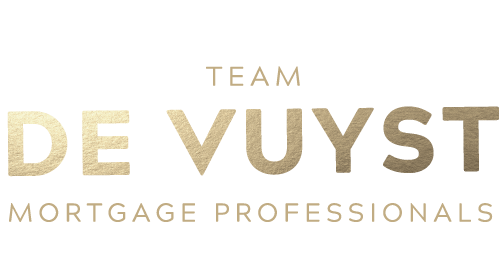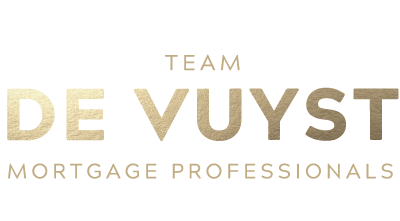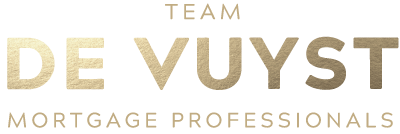January 2022
What can we say about 2021 that hasn’t already been said, we continue to fight with an ongoing pandemic, we were struck with weather disasters that further strangled the supply chains, we’ve seen rapid inflation caused by many of these ongoing issues and to round everything out the housing supply continues to be at some of the lowest levels in history, only to be matched with ferocious demand.
Governments at various levels have now shifted the blame from “Foreign Investors” to “Canadian Investors” if we remember only 4 years ago, they put measures in place to curb foreign investment, and now we’re seeing governments getting ready to do the same to Canadians through various new measures. There are rumblings the federal government is looking to increase the down payment requirement from 20% to potentially 25-30% on all non-owner-occupied homes and a potential “no flipping” tax on primary residences that are sold in less than 12 months. All this has amounted to noise over the real issue, supply, supply, supply.
Statistics released this week from Canadian Real Estate authorities show that while the country’s stock of available homes for sale sits at record lows, the pace of building new units is also slowing. Canada Mortgage and Housing Corp. said the annual pace of housing starts in December fell 22 percent when compared with November. These are concerning times ahead and unless municipalities get on board with approving permits faster, incentivizing developers, and building outside the box, we will continue 2022 with many of the same problems.

Rates will be on the Rise
As we’ve seen during 2020 and 2021, rates have remained at the lowest levels in history. Remember when 2.99% on a 5-year fixed was considered “too low” by the Federal Government?
What we can expect for 2022 is rates will rise and the Bank of Canada will make changes to the overnight lending rate to curb the increased inflation we’ve seen at various levels from supply chain issues and increased government spending.
We have also seen Canadians take on more mortgage debt than ever before, however despite a record rise in Canadian mortgage debt and home prices in nearly every province, the expected default increase never happened. Total residential mortgage debt in Canada is now $2.14 trillion, according to Statistics Canada, the highest level on record; however, the Canadian Bankers Association report released October 14 revealed that, as of July 31, there were only 9,157 mortgages in arrears out of a total of 4.97 million residential mortgages in Canada. This amounts to a 0.18% default rate – considered low even by the Canadian standard, which traditionally has a default rate in the 0.30% range.
Canadians take pride in homeownership that even through a pandemic we managed to take on more mortgage debt and lowered our national default rate.

My Advice to You
We have been in this position before, the media, the government, and family and friends have stated to us that we need to “lock in” and be afraid that rates will increase so high that we will go back to the times of 15-20%, this will not happen. It cannot happen. In the last 18 years, rates haven’t increased past 6% (2008), and over the last 10 years, they have been below 3.5%.
If we break down the numbers and look at this with logic, we are left with the following. Prior to the pandemic, we saw the overnight lending rate at 1.75%, this translated into lower discounts offered by all major banks, which were in the range of prime (3.95%) -0.50% to -0.75%. We were paying a net rate of around 3.20%-3.45% depending on your discount secured.
Now when we look at what happened over the last 2 years going into our 3rd year, we saw banks offer variable discounts at record lows, in the range from prime (2.45%) -1.00 to -1.40%, this has translated to net rates of 1.05-1.45%. When the Bank of Canada starts to increase the overnight lending rate, for example, let’s say they go back to 2019 levels, we would see rates sitting at 2.65% (based on a net rate of 1.30%), remember that 2.99% we talked about?
The outlier with locking in your rate once the rumblings start is breaking your mortgage when you lock in, “the mortgage industry estimates the percentage of people who break a mortgage before maturity range from 33 percent to 60 percent. People underestimate how much life circumstances can change in five years.” If the pandemic has taught us anything this would be it. We also need to consider, a little unknown statistic, banks have increased the price of discharging a fixed rate mortgage. In 2019 we saw banks charging anywhere between 3-4% of your outstanding mortgage amount, once the pandemic hit, we saw this quietly increase to between 5-6% of your outstanding mortgage amount. With Canadians on average breaking their mortgage every 38 months, whether it be from refinancing or selling their home, this can be a catastrophic financial hit. So, before we start running to lock in our huge variable rate discounts, remember these points.
As always, I’m available for calls to discuss these points and your own personal financial situation. I would encourage everyone to reach out if they’re concerned or if you’re looking to make a purchase or refinance your mortgage in 2022!
RECENT POSTS








